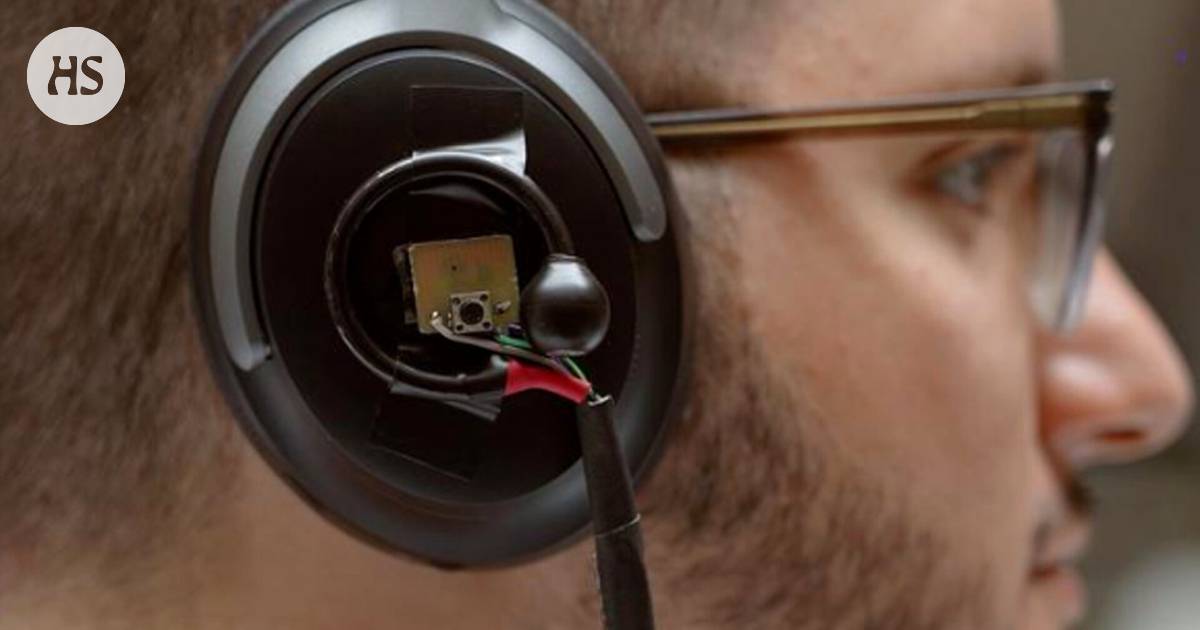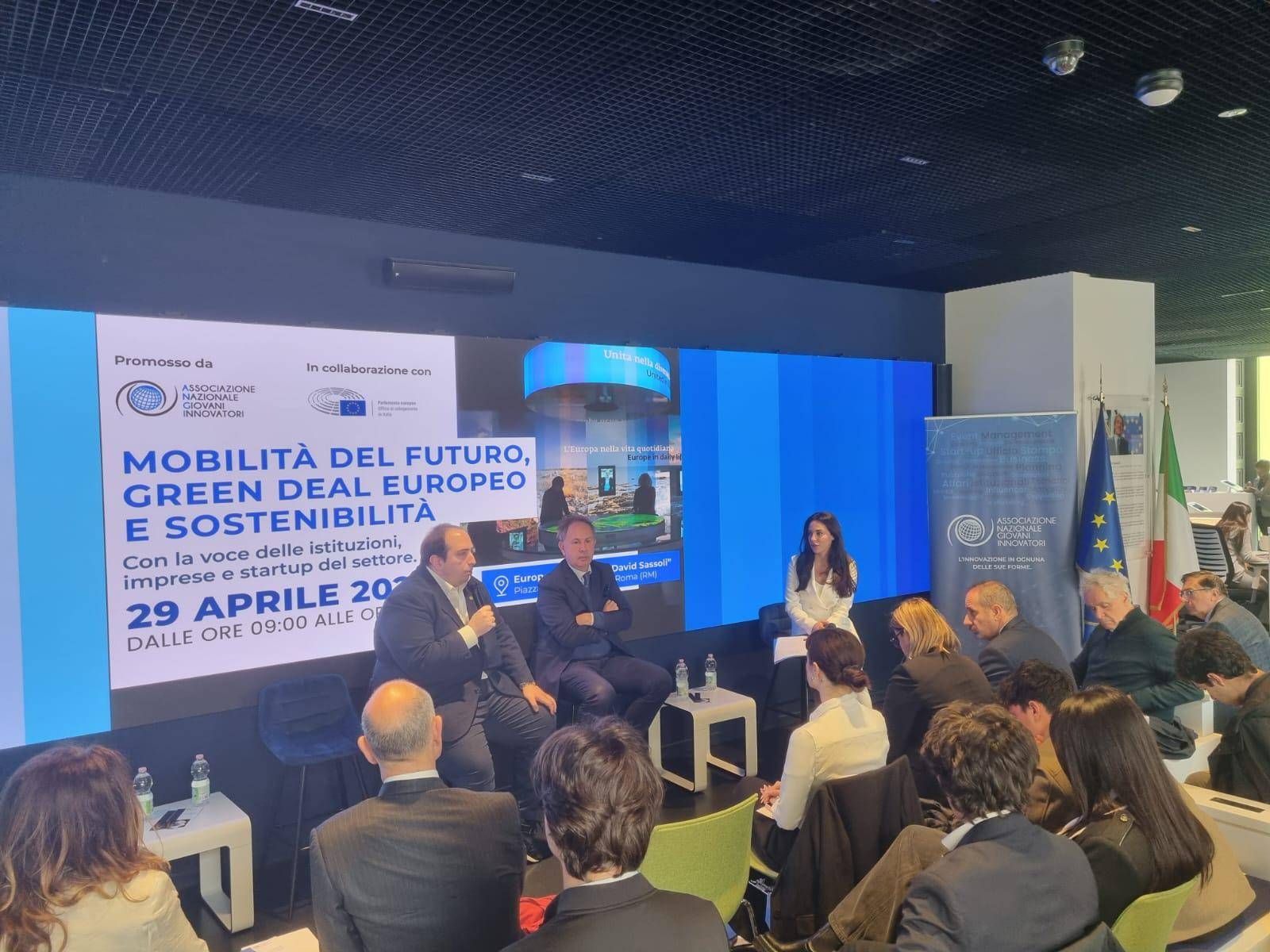Engineers from the University of Chicago have developed a unique fabric that can cool surfaces and skin by 2-8 degrees in urban environments. The three-layer fabric, made of plastic, wool, and silver threads, is designed to block more than half of the radiant heat that emanates from buildings and the ground.
The developers wanted to create a material specifically for cities, where surfaces like asphalt and buildings can radiate heat and raise temperatures significantly. The silver threads in the fabric reflect not only the sun’s radiation but also the infrared radiation emitted by urban structures, effectively cooling the fabric and reducing heat absorption.
In a world where heatwaves are becoming more frequent and intense, the cooling effect of this fabric could have significant impacts on human health and comfort in urban areas. By reducing heat-related hospitalizations and even deaths, the fabric’s designers believe it could be a valuable tool in combating the effects of urban heat islands.
The fabric has been tested in outdoor conditions under various weather conditions, remaining significantly cooler than traditional silk fabric under Arizona’s scorching sun. Its unique design incorporates different properties to reflect both direct sunlight and thermal radiation, setting it apart from other cooling fabrics on the market. Additionally, its protective qualities make it suitable for a variety of applications beyond clothing, including building protection and food storage during transport.
This innovative fabric could revolutionize how we approach urban environments by providing an effective solution for keeping people cool while reducing energy consumption.



